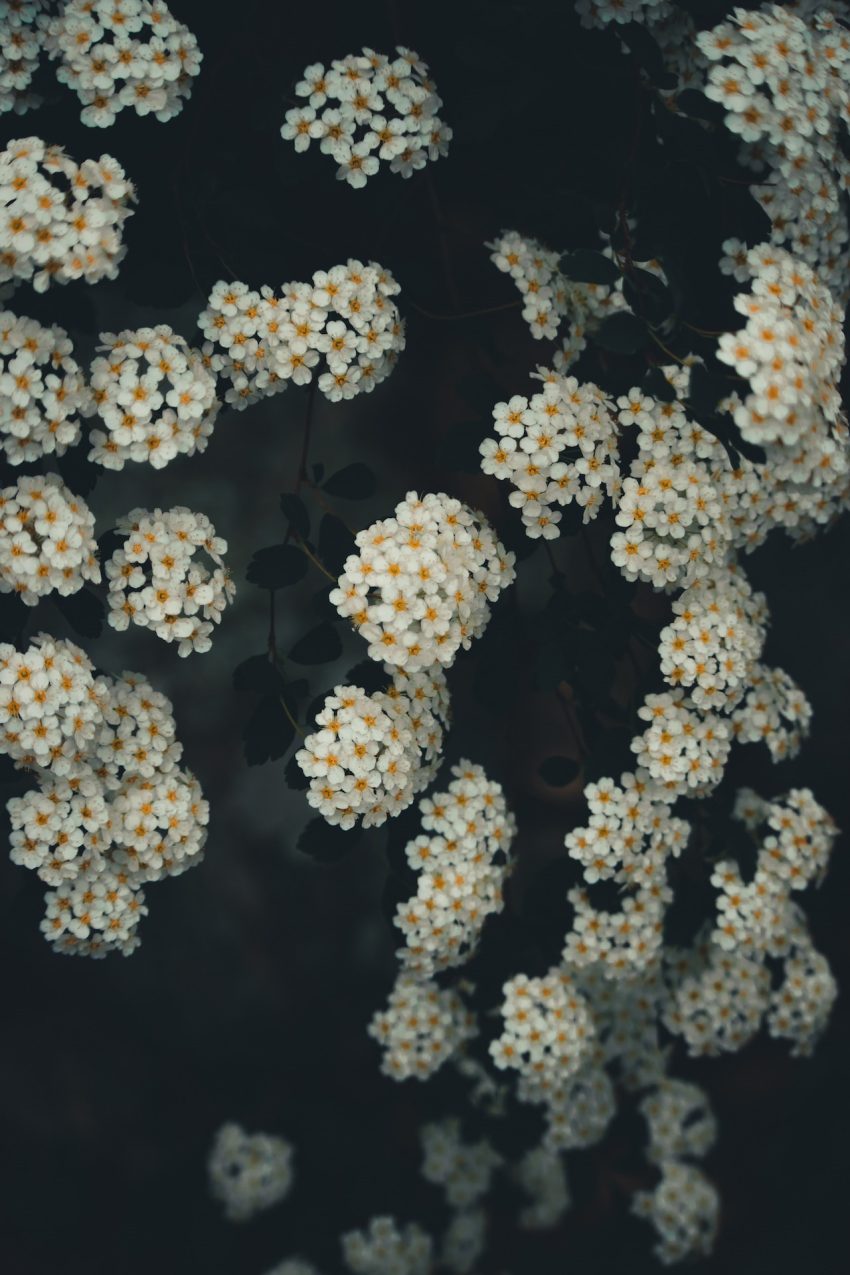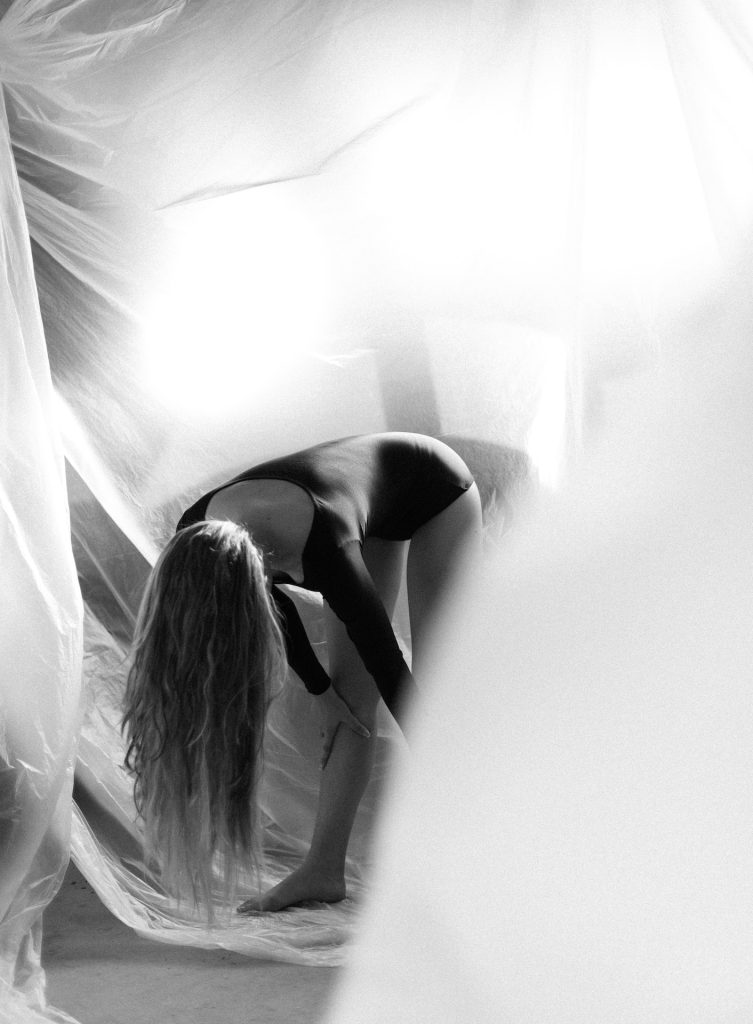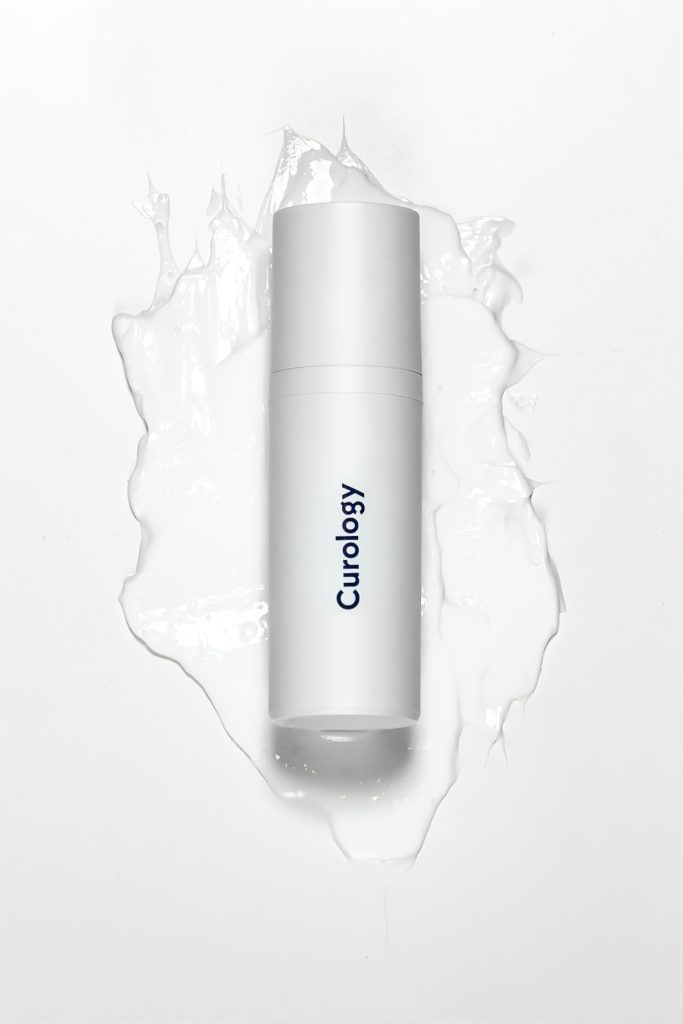
Microshading eyebrows is a popular cosmetic procedure that involves depositing pigments into the skin to create fuller and more defined eyebrows. This technique is a semi-permanent solution for those looking to enhance their eyebrows.
What is microshading?
Microshading, also known as powder brows or ombré brows, is a similar technique to microblading. However, instead of creating individual hair-like strokes, microshading involves using a stippling or shading technique to create a soft, powdered effect. This technique is a great option for individuals with sparse or thin eyebrows.
How long does microshading last?
The longevity of microshading eyebrows can vary from person to person due to several factors:
1. Skin type and condition
Individuals with oily skin may find that their microshaded eyebrows fade faster compared to those with dry skin. Similarly, individuals with skin conditions such as eczema or psoriasis may experience a shorter lifespan of their microshaded eyebrows.
2. Aftercare and maintenance
Proper aftercare and maintenance can significantly affect the lifespan of microshaded eyebrows. Following the technician’s instructions, such as avoiding excessive exposure to sunlight, using gentle cleansers, and avoiding picking or scratching the treated area, can help prolong the results.
3. Pigment color and quality
The choice of pigment color and its quality can impact the longevity of microshaded eyebrows. High-quality pigments from reputable manufacturers tend to last longer and maintain their color better over time.
On average, microshaded eyebrows can last between 1 to 3 years.
However, it is important to note that microshaded eyebrows are a semi-permanent solution, and they will gradually fade over time. Touch-up sessions are typically recommended every 12 to 18 months to maintain the desired shape and color intensity.
It’s important to consult with a professional technician before undergoing microshading to discuss your expectations, desired outcomes, and any concerns or questions you may have.


